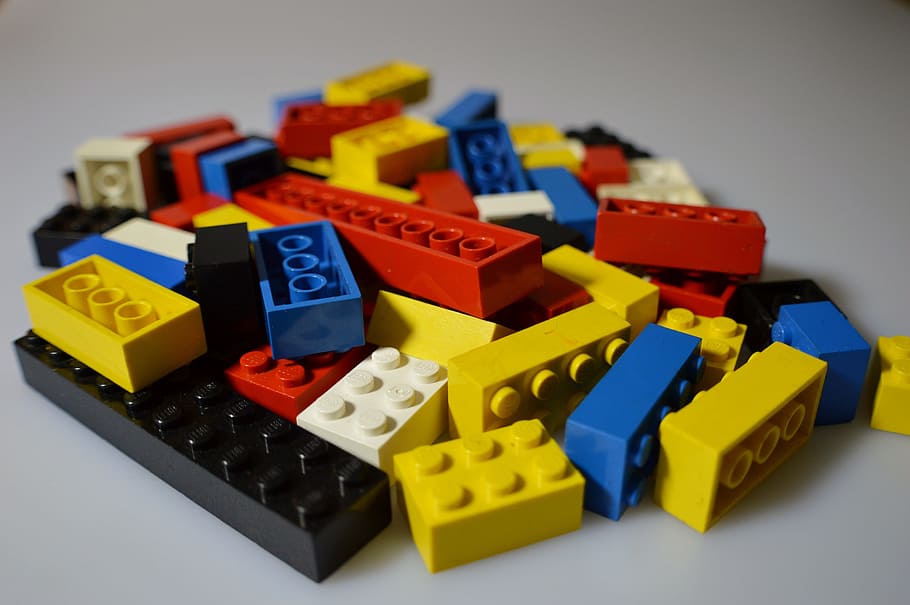By: Inas Essa
Every single day, we face situations, from simple to complicated, that require our immediate action. Being completely involved in the process, our brains tend to generate a typical way of dealing with these situations to avoid getting overwhelmed by too many ideas or solutions.
While “addition” seems a more positive and soothing solution that might generate good results, it may prevent us from getting better ones by overlooking a superior option, “subtraction”, a new study shows.
Addition vs. Subtraction
If additive transformation is not always the best in every situation, why do our brains tend to implement it rather than subtraction?
A new study, the results of which were published in Nature magazine, was conducted by researchers in Virginia University; it investigated whether people are prone to think about possibilities of subtracting components from an object, idea, or situation as they consider the additive solutions in the same situations.
As mentioned in the paper, our typical way of thinking of limited solutions may prevent us from getting better results. We tend to consider a limited number of ideas that help us manage the cognitive burden of searching through the wide range of possible ideas. Speaking of which, subtraction does not seem to be the first option to come to mind.
For example, we consider adding more tasks to the to-do list the best option for improvement and productivity. Another example is using extra wheels in teaching kids to ride a bicycle rather than the pedals two-wheelers that help them develop the coordination and balance required for bicycling.
The Trigger: A Lego Structure
What raised this intriguing question about such an important human behavior was a Lego structure. While playing with his son to build a bridge of Legos, Leidy Klotz, Copenhaver Associate Professor in the Department of Engineering Systems and Environment at Virginia University, thought about why we tend to adopt the additive transformation while subtraction could be the better option.
While constructing Lego structures, there were towers of Lego with different heights that needed support. Leidy tried to add to the shorter tower to make it stable; his little son, on the other hand, removed a block from the taller tower, which was a faster and more efficient way to create a level bridge.
To pursue more on the topic, he reached out to Gabrielle Adams, social psychologist at the university to figure out the “why” behind these different ways of thinking. The researchers hypothesized that there might be a psychological explanation for this way of thinking, which is that when we face a problem, we tend to select solutions that involve adding rather than subtracting elements. “We wanted to investigate whether, and to what extent, people actually overlooked subtraction when they are tasked with changing things,” Adams says.

A Way of Thinking that Overburdens Us
To introduce the distinction between solving problems through addition or subtraction behaviors in design and problem solving, learning and communication, decision making, and motivation, researchers observed the 1,585 participants’ behaviors through a series of experiments and asked them to tackle puzzles and problems that could be solved either through adding or subtracting.
In one puzzle, participants were asked to make the introduced pattern symmetric either by shading or erasing squares. The result was, out of 94 participants who completed the task, 73 added squares, 18 subtracted squares, and the other 3 reworked the original number of squares.
Afterward, through controlled experiments, a cue was present and it was the possibility of subtracting. In one experiment, participants were asked to stabilize the roof of a Lego structure in which there was a figurine standing atop a platform with a large pillar behind her, and atop that pillar, a single block in one corner supported a flat roof.
Here, researchers provided about half the participants a cue that: “Each piece you add costs 10 cents”. Even with that financial penalty, only 40 out of 98 participants thought to remove the destabilizing block and just rest the roof on top of the wide pillar. On the other hand, researchers gave the remaining participants a clearer prompt: “Each piece you add costs 10 cents, but removing pieces is free”. That cue prompted 60 out of 99 participants to remove the block.
If subtraction is a better alternative, why not implement it?
Analyzing these results, researchers found that participants’ preference to adding was noticeable in three cases: when they were under higher cognitive load, when there was less time to consider the other options, and when volunteers did not get a specific reminder that subtracting could be considered.
“When people try to make something better … they do not think that they can remove or subtract unless they are somehow prompted to do so,” says Adams. In the same context, Benjamine Converse, a social psychologist and a co-author of the study, says “additive solutions have sort of a privileged status—they tend to come to mind quickly and easily. Subtractive solutions are not necessarily harder to consider, but they take more effort to find”.

Enough “more”; Consider “less”!
Researchers of the study hope that the findings help people in different fields, such as engineering, architecture, medicine; to consider options that will help inspire some neglected subtractions.
Science centers could take a cue from this study by prompting their young visitors and participants to consider such a concept; to fight the craving to add and consider subtractive solutions, which could be the real and more effective ones. The aim is to teach them the “less is more” concept in a more materialized way through hands-on experience with Legos or other materials, and that “less” is neither a negative word that indicates a shortage, nor something that requires doing or thinking less; sometimes it means doing and thinking more to get better results.
Finally, if a Lego structure was the trigger for such an important study that has helped in learning more about human behavioral psychology, could it have a tangible role in teaching children other complicated concepts in STEM?
Reference
scientificamerican.com
behavioralscientist.org
sciencenews.org
sciencealert.com
Why Our Brains Struggle to Subtract Video
The Power of LEGO Education